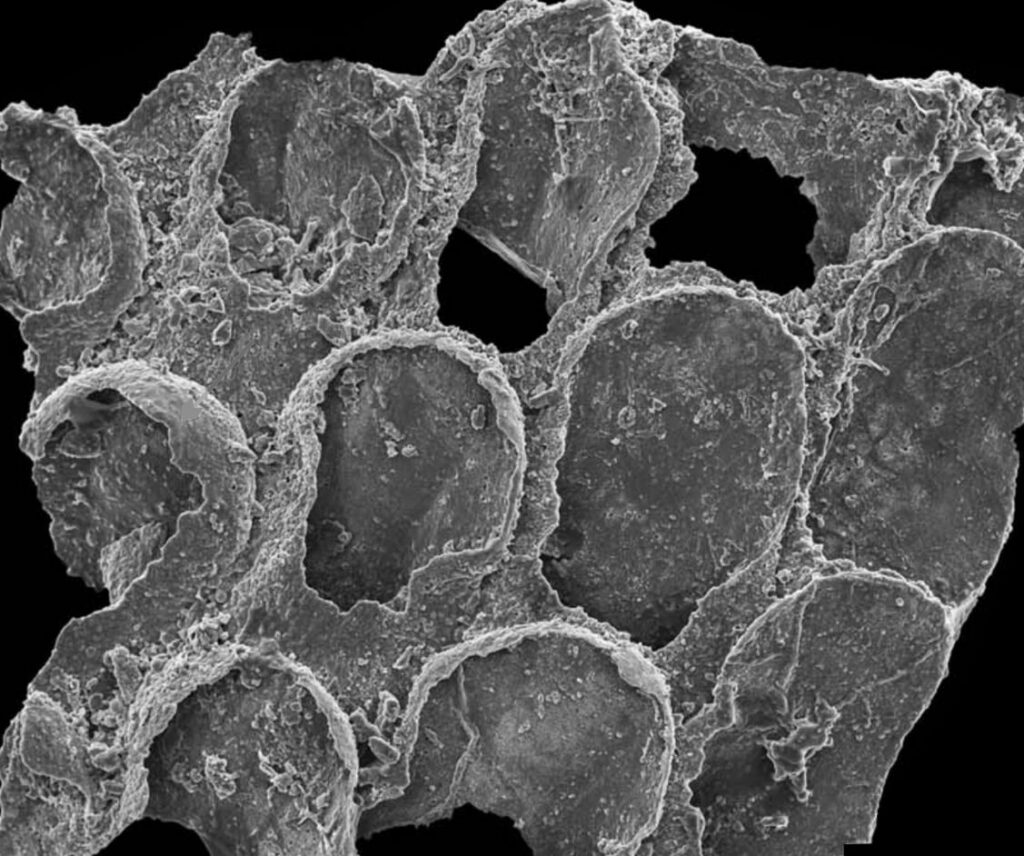According to a recent study, it turns out that a cluster of ancient marine organisms is not as old as previously believed – their earliest remains are actually seaweed.
Researchers from Durham University in the UK, along with their counterparts from Yunnan University and Guizhou University in China, have discovered that the fossils, previously regarded as the oldest Bryozoans, are actually green algae.
This suggests that Bryozoans, the tentacled organisms that lived in skyscraper-like underwater colonies, first appeared in the Ordovician era, millions of years earlier than previously assumed (480 million years ago).

Bryozoans are the only group of fossilized animals that did not emerge during the Cambrian “explosion,” a rapid evolution that occurred 40 million years earlier.
This delayed appearance of Bryozoans demonstrates that the Cambrian period was not a singular era of innovation, as it was previously assumed. Rather, new anatomical structures continued to evolve over a much more extended period.
The study’s findings have been published in the journal Nature.
Ancient fossils found in the hills of China showed “soft parts” of Protomelission gateshousei that had never been seen before. This animal was once thought to be the oldest Bryozoan.
Researchers were able to tell that Protomelission was part of the group of green algae called Dasycladales because of how fragile its tissue was.
“We tend to think of the ‘Cambrian explosion’ as a unique period in evolutionary history, in which all the blueprints of animal life were mapped out,” says co-author Dr. Martin Smith.
“Most subsequent evolution boils down to smaller-scale tinkering on these original body plans. But if Bryozoans truly evolved after the Cambrian period, it shows that evolution kept its creative touch after this critical period of innovation – maybe the trajectory of life was not set in stone half a billion years ago.”
“Where previous fossils only preserved the skeletal framework of these early organisms, our new material revealed what was living inside these chambers,” adds co-author Professor Zhang Xiguang.
“Instead of the tentacles we would expect to see in Bryozoans, we discovered simple leaf-like flanges – and realised we were not looking at fossil animals, but seaweeds. This means that the oldest convincing Bryozoan fossils do not evolve until the next geological period, the Ordovician.”
The scientists hypothesize that animal groups did not come into existence all at once, and that basic seaweeds had a more significant impact in the early oceans than previously assumed.
Source: 10.1038/s41586-023-05775-5